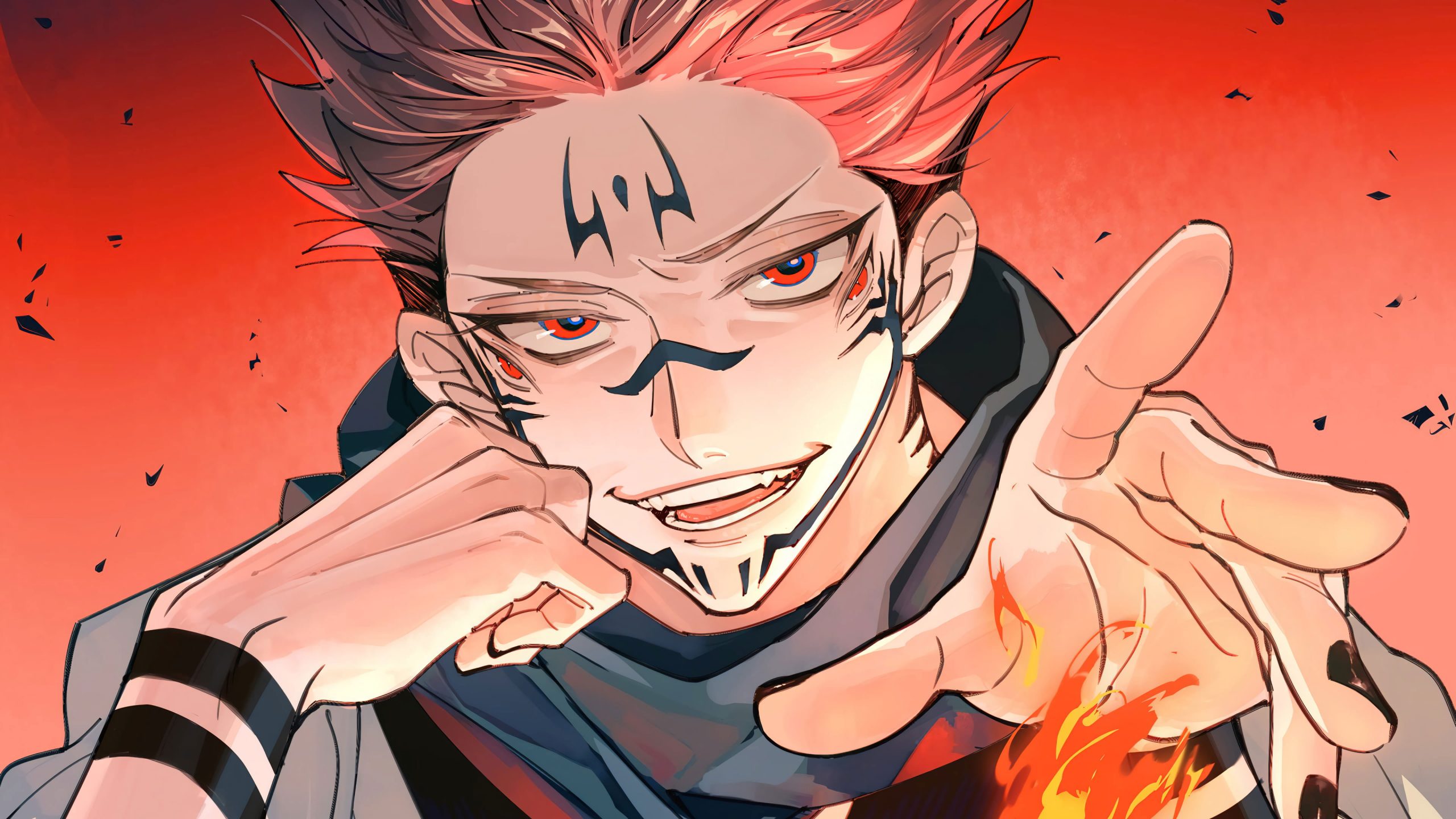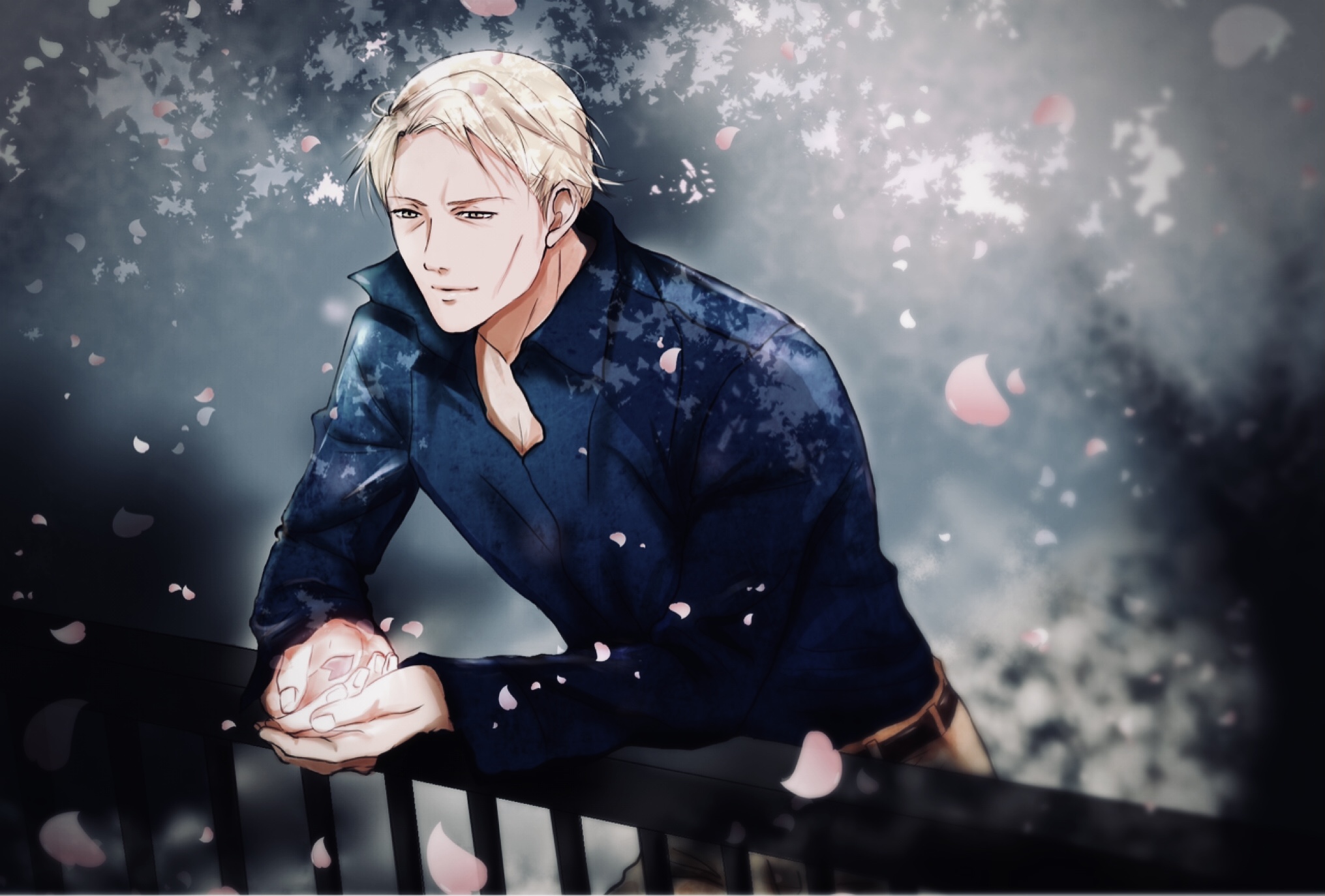

Jujutsu Kaisen employs a similar realistic proportion meta. The man strived to convey his elegant taste in fashion, weapons, and character design, sure, but having characters who looked anime and did anime but weren’t shaped anime impressed us all. Just one of the reasons why Bleach was the coolest Jumpy comic ever in its early days has to do with how Kubo portrayed bodies The Bleach head to torso and the eye to face ratio are much closer to reality than the brunt of Toriyama influenced art prevalent in Jump and much of Japanese-cartoonery during Bleach’s heyday. More apparent in the manga than the anime of course, but Akutami’s approach to anatomy and atmosphere takes cues from the link laid down by Kubo twenty years ago. The inherent similarities between Jujutsu Kaisen mainstay Yuji Itadori and Bankai God Ichigo Kurosaki result from more than just Jay Kay author Gege Akutami’s aesthetic preferences. These two just have themselves but Evil Mode. Heck, they both have evil demon versions inside them who come out to wipe the floor with the series’ respective ghoulies on occasion. Both are kind of cool despite not being too smart they calmly (keyword) put their bodies on the line for others all the time and they’re scarred early on by the death of an immediate family member. Yuji and Ichigo aren’t just twins from a different pencil, though their personalities also match up! Again, another phrase true on paper for many jump heroes, but for two explicitly Not Goku clones (looking at you, Luffy) you have a lot of crossover. However, the Shonen Jump boys that tend to resemble one another don’t go for this aesthetic: realistically proportioned, lanky, and atypical spikey strawberry-blonde hair. On its own, that fact is not a prescient nor a useful observation, as millions of anime characters look exactly the same.

Bleach himself Ichigo Kurosaki look exactly the same.
#JUJUTSU KAISEN AUTHOR SERIES#
You don’t have to scratch beneath Jujutsu Kaisen’s rough and sticky surface to see that series homeboy Yuji Itadori and Mr. These two are the same boy, except Kaisen’s take admittedly wins out in the animation department. Perhaps not responsible for the trend outright, one can’t help but notice that Jay Kay’s revolutionary particulars draw more than a few influences from its Jump senior of 17 years, Tite Kubo’s fallen titan Bleach. Unlike those tried-and-true tales, the comic in question, alongside contemporaries like The Promised Neverland and Chainsaw Man, have been leading a revolution in the pages of the magazine that skews darker than traditionally, reads as more mature, and eschews the Dragon Ball derivative ‘Jump Formula’ so heavily relied on in the 90s and 2000.

You know, that same magazine where everything from Dragon Ball Z and Yu-Gi-Oh! all the way through to My Hero Academia first appealed themselves to wide-eyed adolescents, before being propelled to the world at large. It is the breakout show of 2020, and Studio MAPPA elevated Gege Akutami’s already intriguing comic into the latest international phenomenon introduced to the world by international phenomenon factory Weekly Shonen Jump. You haven’t been shutting up about Jujutsu Kaisen and we haven’t either.


 0 kommentar(er)
0 kommentar(er)
